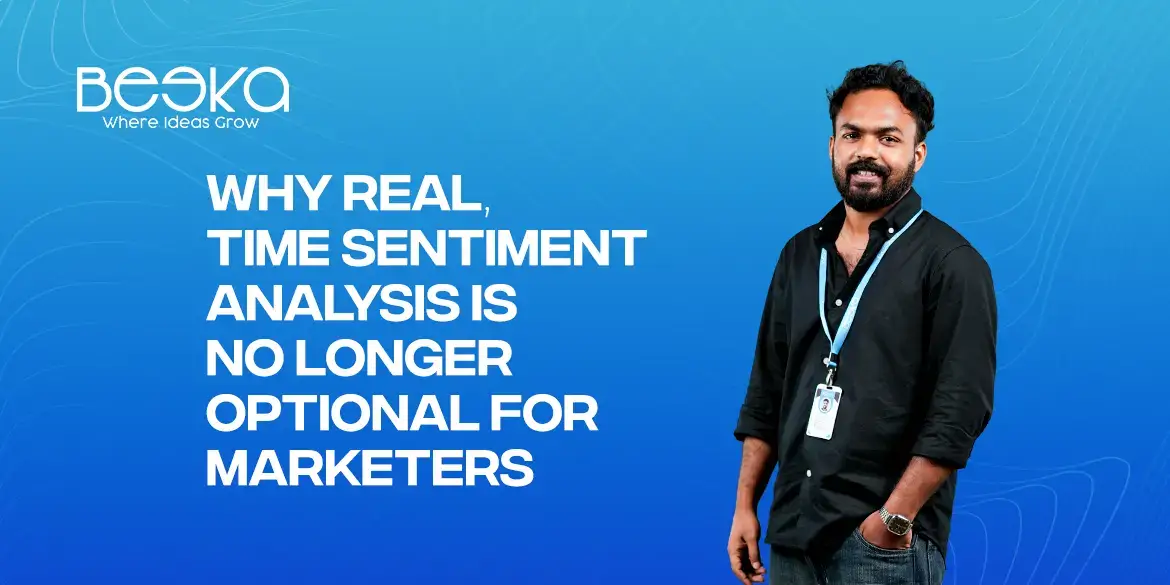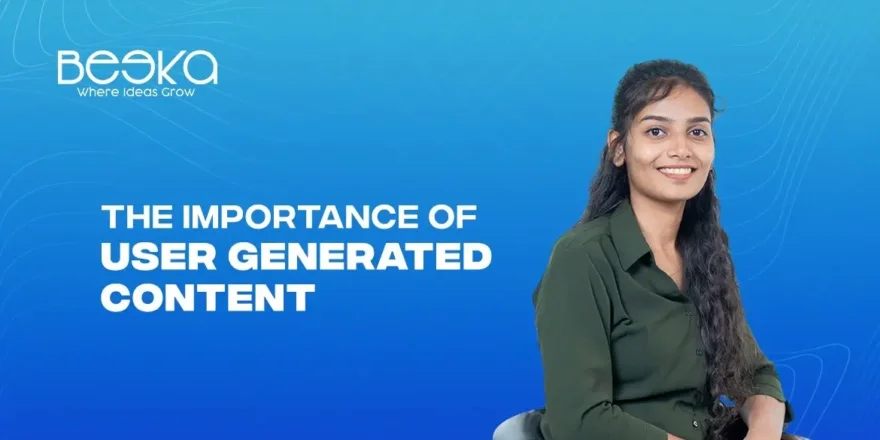There’s something that a lot of marketers get wrong about social media. They obsess over metrics like likes, impressions, engagement rates, and how many new followers they gained this week. Those numbers are useful, of course. But what they often miss is that the numbers don’t tell you how people feel. They just show what people did.
And when it comes to brand perception, feelings drive behavior. People don’t just buy products because they saw an ad. They buy when they feel understood, excited, heard, or emotionally connected. That’s where sentiment analysis becomes important.
Let’s break it down.
What Is Sentiment Analysis?
At a basic level, sentiment analysis is a way to analyze text and figure out whether the emotion behind it is positive, negative, or neutral. It uses natural language processing, machine learning, and sometimes pre-built linguistic models to do this.
You might already be familiar with it, even if you haven’t used it directly. Ever seen a dashboard that says something like “76% of your brand mentions this week were positive”? That’s sentiment analysis at work.
It’s not just limited to X. Tools can scan Facebook comments, YouTube replies, Reddit threads, even blogs and forums. The main idea is this: by analyzing what people are saying, and how they’re saying it, you can understand public opinion before it becomes obvious through other metrics.
Why Real-Time Matters?
Real-time sentiment analysis means you’re not looking back a week later to figure out what went wrong. You’re watching the feedback as it happens. That matters more now than ever.
Social media isn’t a one-way broadcast. It’s a live, ongoing conversation. If someone says something great about your product and people start engaging with it, you should know. If a complaint starts gaining traction, you should be alerted before it becomes a trend.
Brands that are serious about reputation management don’t wait for reports, they act while the conversation is still fresh. That might mean responding to a frustrated customer, thanking a happy one, or even just taking a step back and seeing how your messaging is landing.
Best Tools for Sentiment Analysis in 2025
Let’s talk about the tools that marketers are using today. There are plenty of options, but not all of them are built equally. Some focus on scale. Some on speed. Others on customization.
Here are a few that stand out:
1. Brandwatch
Brandwatch is probably one of the most detailed tools out there. It’s used by big brands and agencies who need deep data. What makes it useful is that it not only shows sentiment but breaks it down by category, location, platform, and even emotion types in some cases.
It’s not cheap, but for teams that want a serious command center for online reputation, it’s worth looking at.
2. Sprout Social
Sprout has grown a lot in recent years. It’s known for being clean, easy to use, and quite powerful for sentiment tracking. It pulls in mentions across platforms and gives you sentiment trends over time. It’s especially good for small to mid-size marketing teams who want reliable data without needing a data analyst to make sense of it.
3. Talkwalker (via Hootsuite Insights)
Talkwalker is another big player in the listening space. If you’re already using Hootsuite, you can connect it directly and get real-time sentiment reporting built into your dashboard. It supports many languages and has good visualizations too.
4. Awario
This one’s more budget-friendly. But don’t mistake that for weak performance. Awario tracks mentions in real-time and provides sentiment tagging for each result. It’s not as deep as Brandwatch, but it’s faster to set up, and you can get a lot of value from it if your brand doesn’t need enterprise-level tracking.
5. MonkeyLearn
MonkeyLearn is a bit different. It lets you build your own sentiment model. That sounds technical, but it’s not too hard. If you want more control over how your audience’s tone is categorized, or if you work in a niche where sarcasm or slang is common, this flexibility can help you get more accurate results.
What These Tools Can’t Always Do
As good as these tools have become, they still don’t fully understand people.
Sarcasm, jokes, slang, cultural references, all these can confuse even the most advanced sentiment algorithm. A post like “Wow, amazing update 🙄” might get marked as positive, even though it clearly isn’t. That’s one of the reasons it’s important not to rely entirely on the machine.
Use sentiment data to guide your response, not to replace your judgment.
It also helps to check a few comments manually if something looks off. If you suddenly see a spike in “positive” sentiment, but your actual comments are full of complaints, something’s wrong with the interpretation. That’s not unusual.
How Marketers Can Actually Use Sentiment Data
It’s one thing to have the data, but what do you do with it?
If you’re running a new campaign and sentiment drops within a few hours, that could mean something in your message isn’t landing right. You might need to adjust the tone or even pull the content altogether.
If a product launch gets a strong positive response, you might decide to boost those posts with paid support, or turn the best quotes into testimonials.
If a competitor is getting praise for a feature you don’t have, that could inform your roadmap or your messaging.
Sentiment isn’t just for PR teams. It should be tied into product, support, creative, and even business development. It helps you understand what people value, what frustrates them, and what they’re expecting from your brand.
What This Means for Marketers
Sentiment analysis in real-time isn’t about tracking feelings for the sake of it. It’s about staying close to the conversation your audience is having, especially when it’s happening publicly and quickly.
The best marketing doesn’t just speak, it listens. And sentiment analysis tools make that listening possible at scale.
As we move into a more emotionally aware era of digital marketing, understanding sentiment won’t just give you better results. It’ll make your brand more responsive, more authentic, and better prepared for whatever social media throws at you next.
Ready to harness the power of real-time sentiment analysis for your brand?
At Beeka Ads, we help you listen better, act faster, and market smarter. Stay ahead of public opinion, build stronger emotional connections, and turn insights into strategy.
Visit beeka.in to learn how we elevate your brand’s voice.
Have questions or need a custom plan? Reach out now via beeka.in/contact. Let’s start building a brand that listens.






